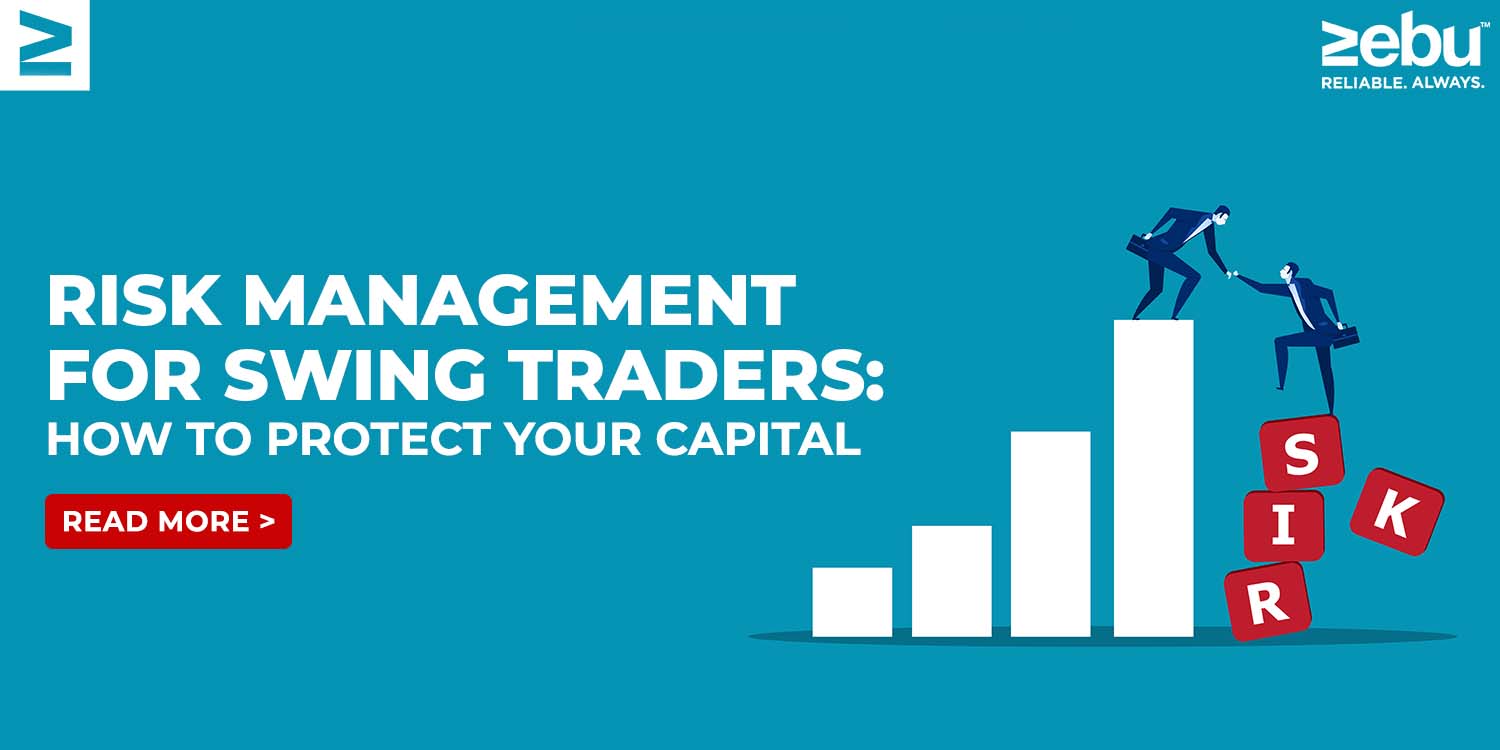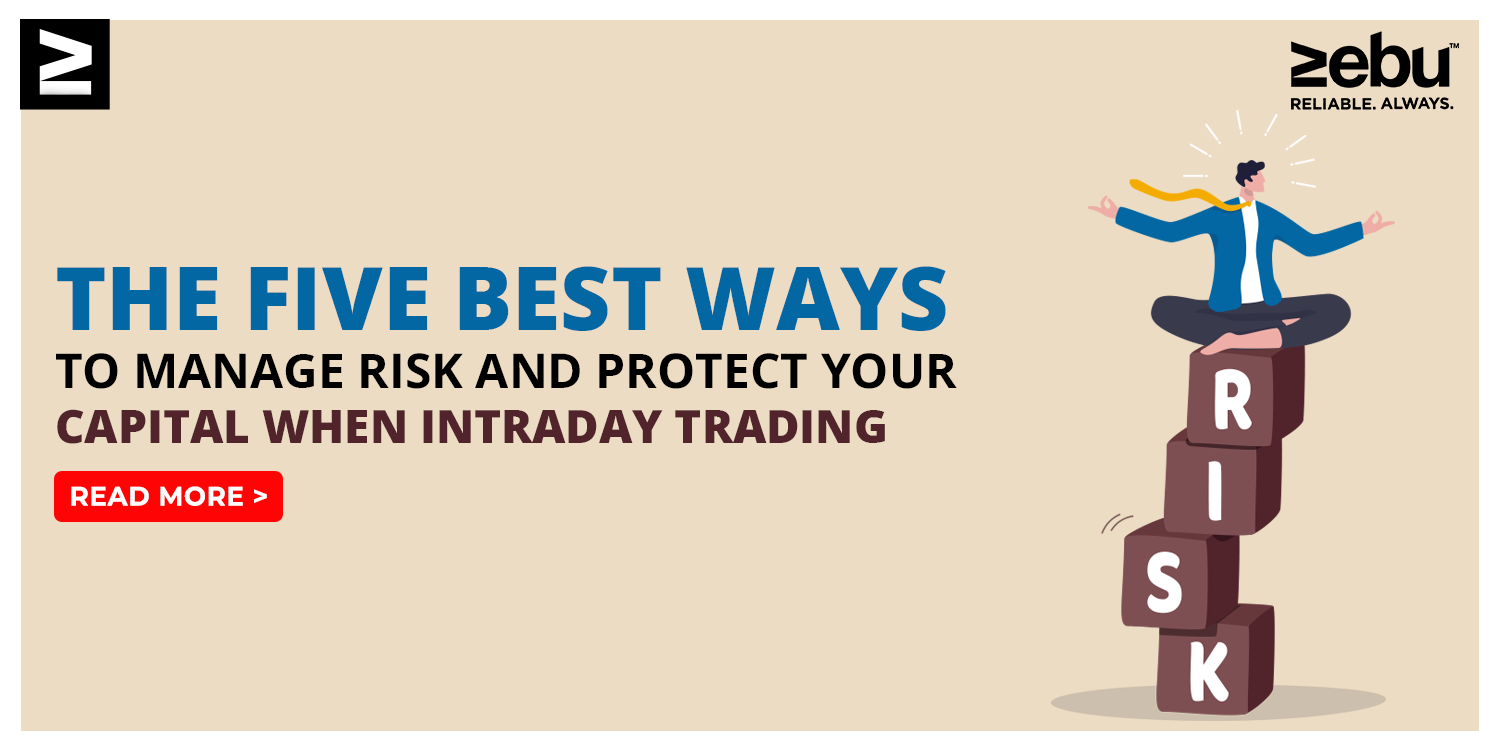
Swing trading is a popular investment method that involves holding positions for several days to a few weeks, with the goal of capturing the short-term trend. However, as with any type of investing, there is always the risk of losing money. In this blog post, we will discuss some key risk management strategies that swing traders can use to protect their capital.
Use stop-loss orders: A stop-loss order is a type of order that automatically closes a position at a specified price, thereby limiting potential losses. For example, if you buy a stock at Rs 50 and set a stop-loss order at Rs 45, your position will be closed automatically if the stock price drops to Rs 45. This can help you avoid large losses if the stock price suddenly drops.
Diversify your portfolio: Diversification is the most important risk management strategy that you can use. It means spreading your investment across different assets, sectors, and markets. This can help reduce the overall risk of your portfolio, as a loss in one position may be offset by gains in another. Even when it comes to swing trading, diversification can help you protect your capital.
Keep an eye on your risk-reward ratio: The risk-reward ratio is the ratio of the potential loss to the potential gain of a trade. A good risk-reward ratio is generally considered to be at least 1:2, meaning that for every Rs 5 you stand to lose, you stand to gain Rs 10. This means that you should not take on trades that have a higher risk than reward.
Use proper position sizing: Position sizing is the process of determining the number of shares to trade based on your capital and risk tolerance. It is important to only invest a small percentage of your capital in any one trade, as this can help you limit your potential losses. Position sizing is the king of ensuring that you do not lose more than you can afford.
Keep a trading journal: Maintaining a trading journal can help you track your trades, identify patterns, and evaluate your performance. This can help you make more informed decisions and improve your risk management strategies over time.
In conclusion, swing trading can be a profitable investment strategy, but it is important to manage risk effectively to protect your capital. By using stop-loss orders, diversifying your portfolio, keeping an eye on your risk-reward ratio, using proper position sizing, and keeping a trading journal, you can minimize your potential losses and maximize your chances of success.


